
Polarized Training Pathway
In collaboration with Dr. Stephen Seiler, the “father of polarized training,” we have curated everything you need to know about the 80/20 training method.

Cycling training is a science and an art. How endurance athletes train, when they train, and the intensity and duration of that training all affect the gains and adaptations they see.
Proper interval execution is essential to see the expected progress. How you analyze and interpret all that data is equally valuable. Of course, training needs to be planned so it fits into any given season, race schedule, and lifestyle. Off the bike, the importance of strength and conditioning is often neglected.
This is training. This process is what athletes live for.

In collaboration with Dr. Stephen Seiler, the “father of polarized training,” we have curated everything you need to know about the 80/20 training method.
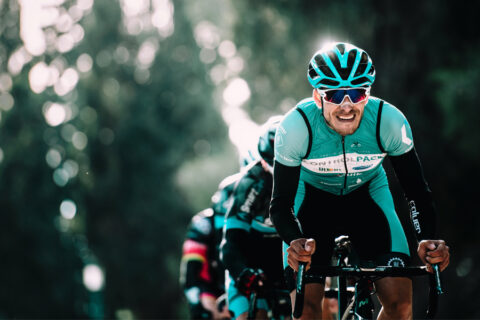
Interval workouts are a fundamental part of any endurance training program. Learn exactly what intervals are, why they are so important, and how to properly execute interval workouts with the help of Sebastian Weber, Neal Henderson, and Dr. Stephen Seiler.
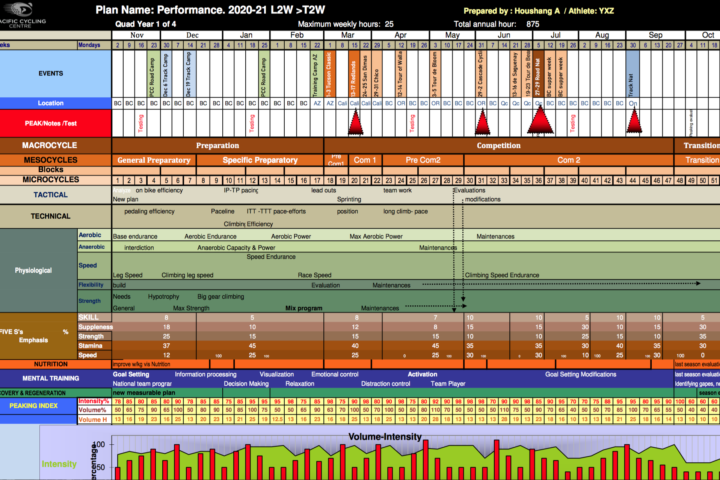
We review the art and science of developing and maintaining an annual training plan, which helps athletes progress and perform at their best.
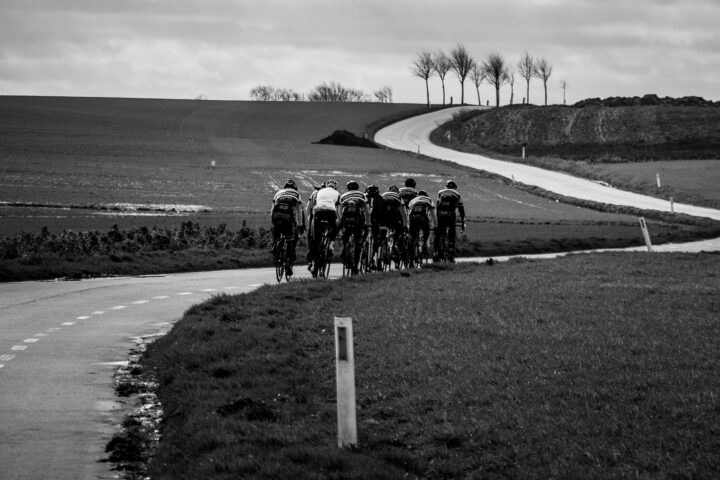
It’s hard to find time to fit in the long, slow miles that traditionally comprise the base season. Coach Trevor Connor offers suggestions for improving life-training balance, understanding quality versus quantity, and more.
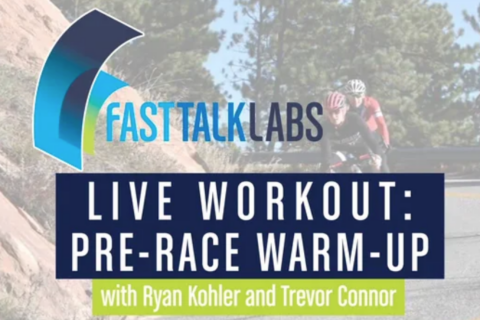
Coaches Trevor Connor and Ryan Kohler discuss the science of a pre-race warm-up routine and demonstrate how Trevor prepares for time trials.

Age is just a number. Few athletes know that better than Rebecca Rusch, who joins us to discuss how to adapt and perform at the highest levels of sport as you age.
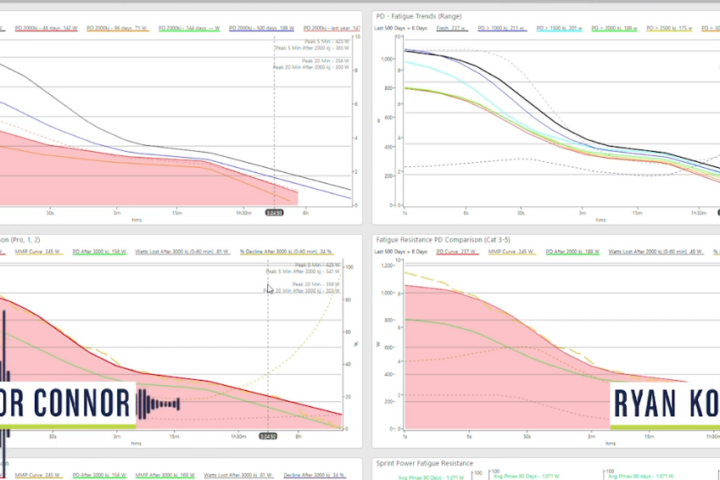
Coaches Trevor Connor and Ryan Kohler analyze the Power Duration Curve in order to illustrate how you can train fatiguability.
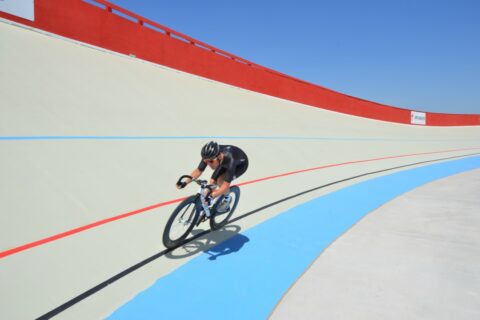
Learn how to reframe your mindset about training. Let’s throw away outdated athletic goals in terms of “climbing mountains.” Rather, think about your athletic journey as an orbital path with your Dream, Goal, or Objective at one point, three-quarters of the way around the orbit.
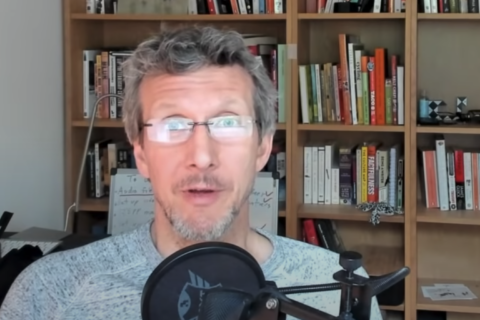
In this video, Dr. Seiler thinks out loud—with math—to explore how critical power and variable intensity races might connect in practice.
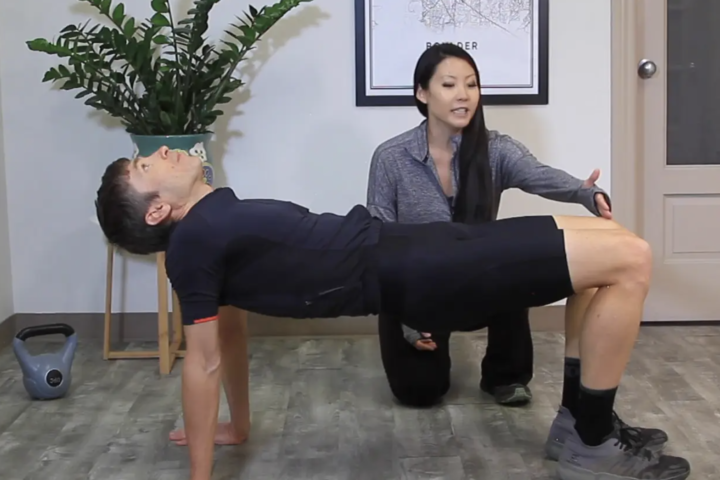
This core exercise is part of a series of core workouts offering a multi-planar approach to core integrity.
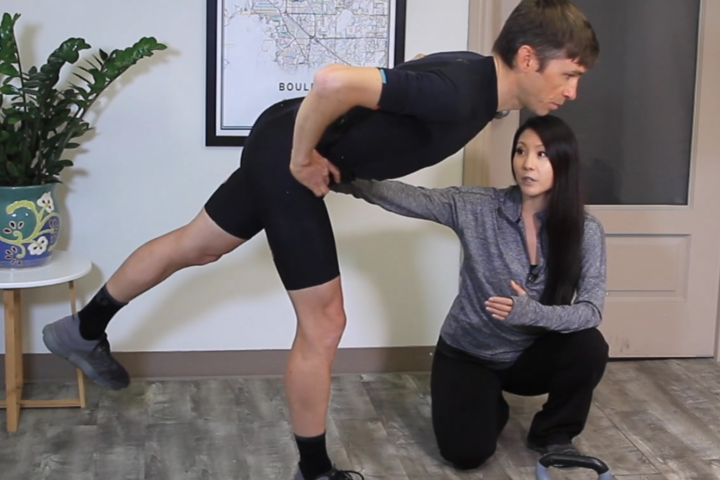
Learning how to use the lower body appropriately is crucial for a number of high-performance bike skills. The single-leg RDL helps develop balance and power.
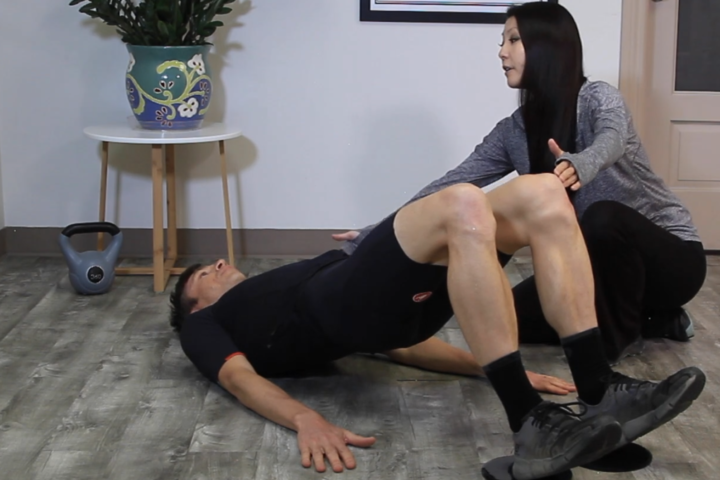
Learning how to use the lower body appropriately is crucial for a number of high-performance bike skills. The leg curl will help with general strength off the bike.
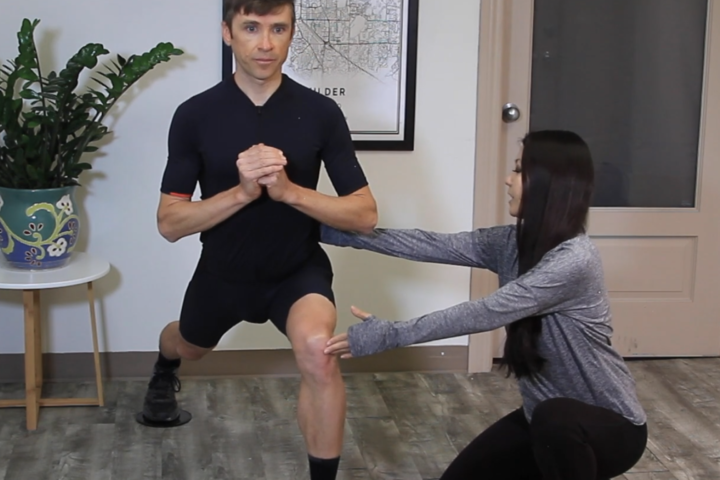
Learning how to use the lower body appropriately is crucial for a number of high-performance bike skills. The reverse slide lunge will help develop control and power.
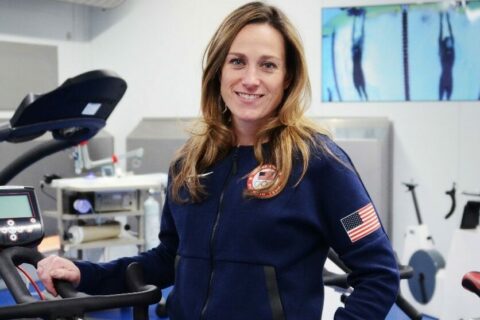
Physiologist Lindsay Golich, who works with some of America’s best Olympic athletes, helps us field questions on heat, altitude, FTP testing, fasted training, and much more.
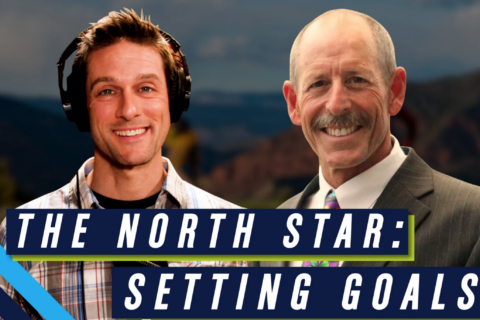
Coach and author Will Murray joins Coach Ryan Kohler for a discussion of what makes a useful set of goals, how to develop them, the psychology of goals, and much more.
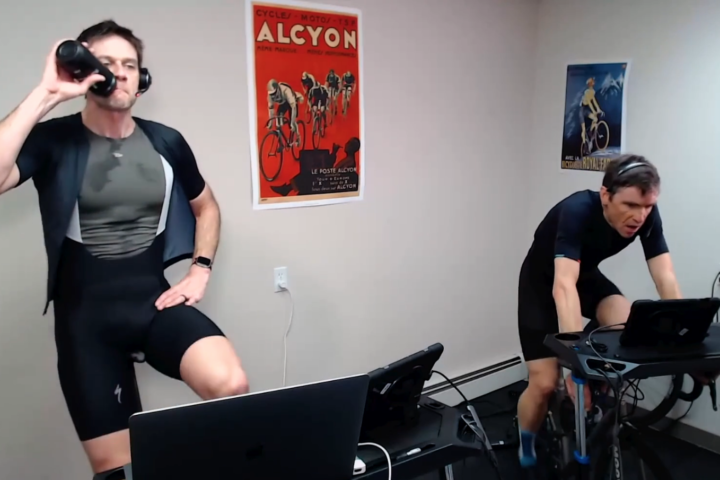
These “on/off” style intervals will help you push top-end power and cardiovascular adaptations.
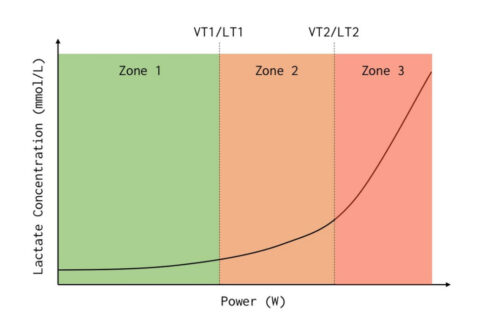
Dr. Stephen Seiler and Trevor Connor discuss polarized training, intensity distribution, and endurance in this webinar with CKO Sprint.
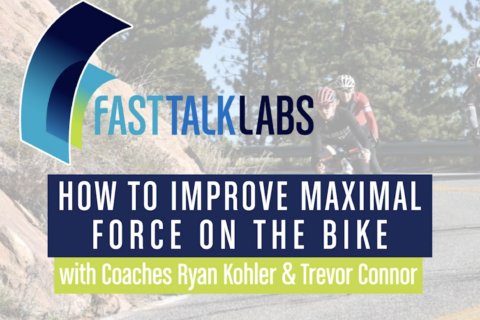
Coach Ryan Kohler demonstrates ways to train maximal force production, or torque, on the bike.
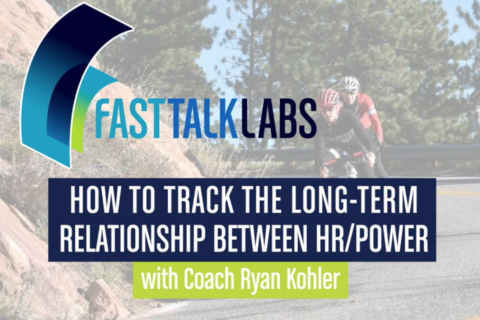
Coach Ryan Kohler reviews season-to-season changes in heart rate/power distributions to illustrate improvements across the different energy systems.
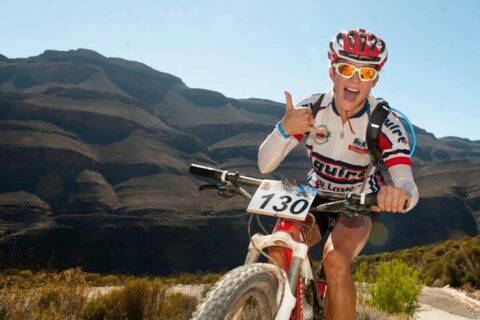
Evolution as an athlete is something that will come if you stay active for long enough. Navigating those changes can be a challenge, but athletes like Jessi Stensland seem only to improve with their years.
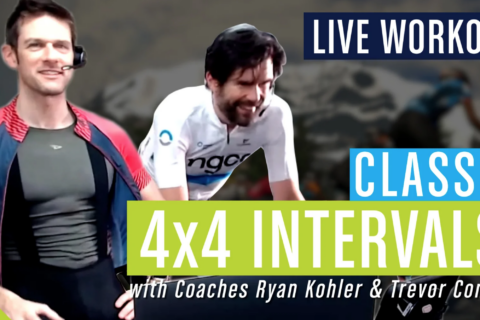
One of Coach Ryan’s favorites, these four-minute intervals at 90-95% maximum HR with three minutes rest are simple yet effective.

The execution of long slow distance rides might sound simple, but many people struggle to get it right. Can you be too steady on your LSD rides?